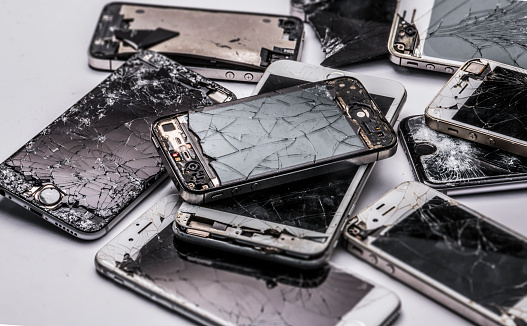Home » Article » Tips & tutorials » Difference between Original and Copy iPhone Screens
Home » Article » Tips & tutorials » Difference between Original and Copy iPhone Screens

Original Screen, also known as OEM (Original Equipment Manufacturer), is manufactured for Apple, while copy screens are only compatible replacements that third-party companies manufacture. However, there are several key differences between the two. First, we will identify and categorize iPhone Models which use OLED and LCD screens.
Category A: iPhone models which use OLED screens:
iPhone X, iPhone XS, iPhoneXS Max, iPhone 11 Pro, iPhone 11 Pro Max, iPhone 12 Mini, iPhone 12, iPhone 12 Pro, iPhone 12 Pro Max, iPhone 13 Mini, iPhone 13, iPhone 13 Pro and iPhone 13 Pro Max.
Category B: iPhone models which use LCD screens:
iPhone 11, iPhone XR, iPhone SE 2022, iPhone SE, iPhone 8 Plus, and earlier models.
In Category A models, the OEM screen comes with Soft OLED, whereas a compatible screen comes with Hard OLED.
Soft OLED
Soft OLEDs are made of a flexible plastic substrate, which is why they last longer than Hard OLEDs. In addition, they are much more resistant to impact. Soft OLEDs also fit better into the curved frame of an iPhone X than Hard OLEDs.
Hard OLED
At a reduced price to the Soft OLED, Hard OLED screens are built using a hard glass substrate instead of the flexible substrate found on the original Screen. Unfortunately, these come at the expense of display size and durability. The hard glass substrate can’t flex to accommodate the actual curve of the display. Hence, the Screen has an enlarged bezel that fractionally but noticeably reduces the display size.
Gorilla Glass
The OEM screen is manufactured using Gorilla Glass which is not used in the Copy screen. Gorilla glass is more durable, scratch-resistant, and has an oleophobic coating that is not present in copy screens.
Conclusion
At CelMetro, we always recommend OEM screen, which is the right choice for screen Replacements, but when your budget is constrained, you can opt for a compatible screen replacement.
Address
CelMetro
Hours
Location Map